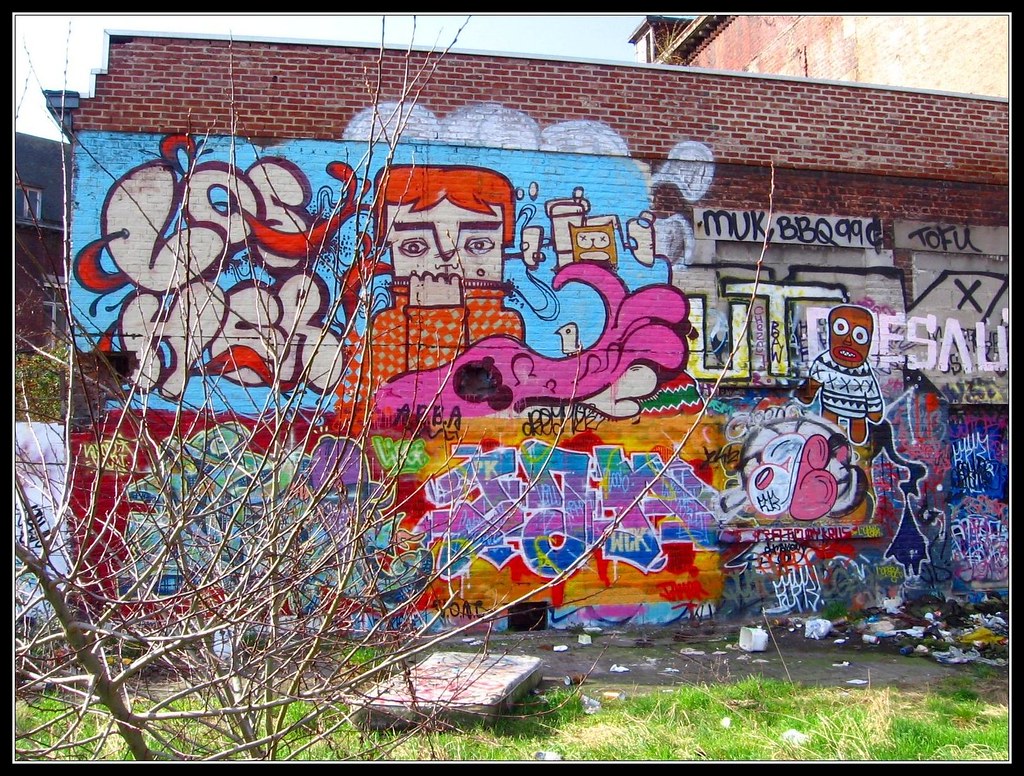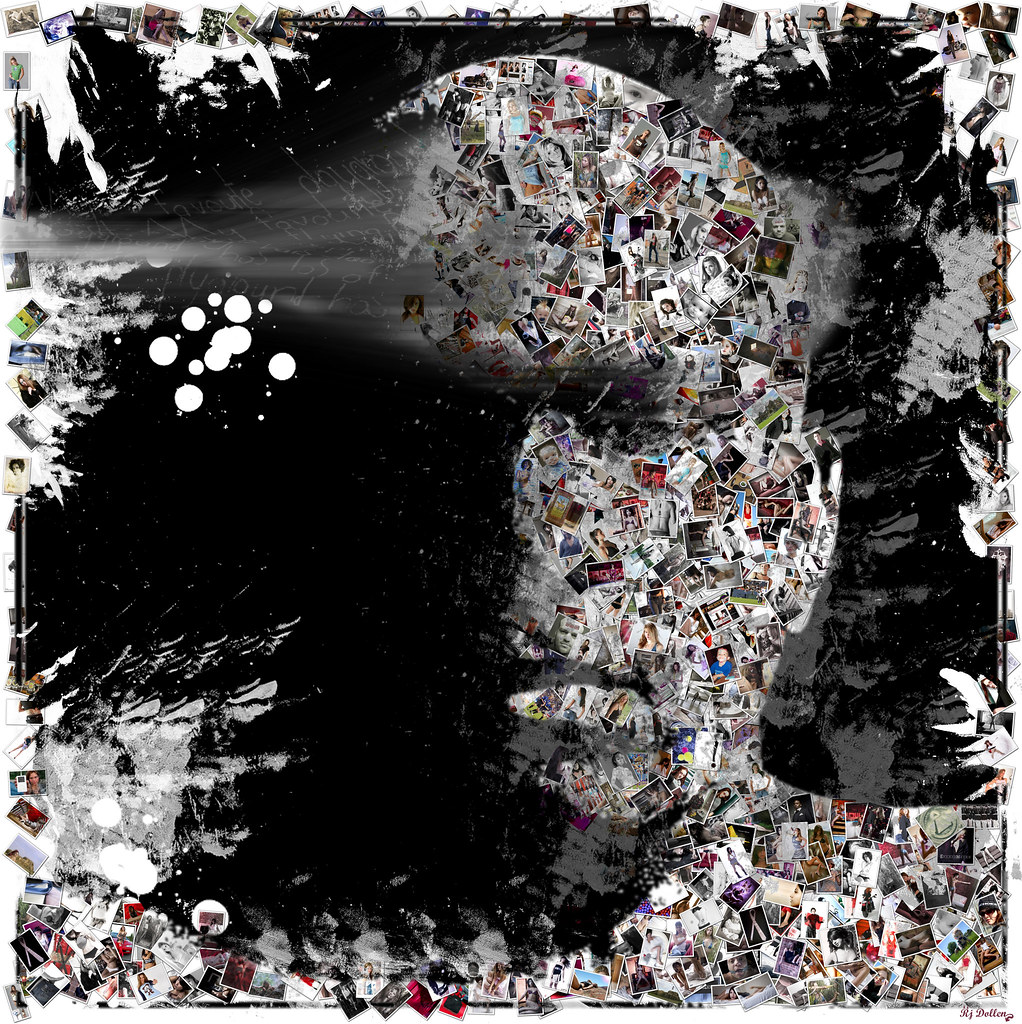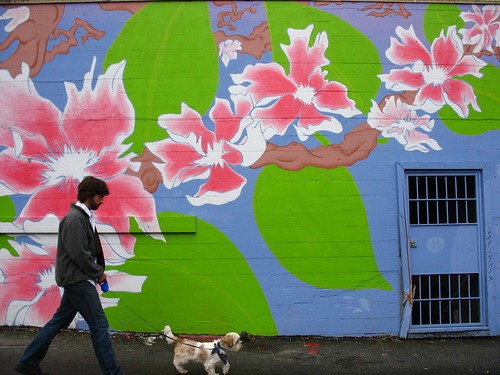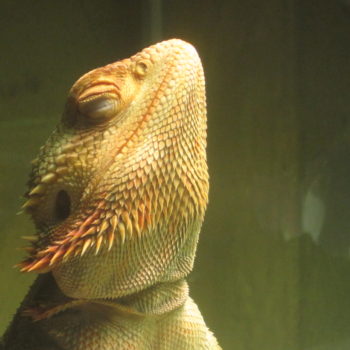Graffiti is found in areas worldwide. It can be anything from a simple tag to a large mural. Tags are most common because they are quick and easy. Unfortunately, tags are also typically thought to be gang related and the least artistic. This association between graffiti and gangs has caused many issues everywhere for over 50 years. Graffiti is vandalism and should not be applauded.
Dating back to 1960, “Vandalism also affects revenue from transportation, as evidenced by the reduction in riders” due to the idea that graffiti was gang related which scared potential train riders. The same idea is seen today when it comes to real estate. “Vandalism is usually seen as a quality of life issue. When an area has extensive graffiti, people tend to view it as a “bad neighborhood.””. House buyers are turned away from highly graffitied areas because they are afraid of the gang affiliation.
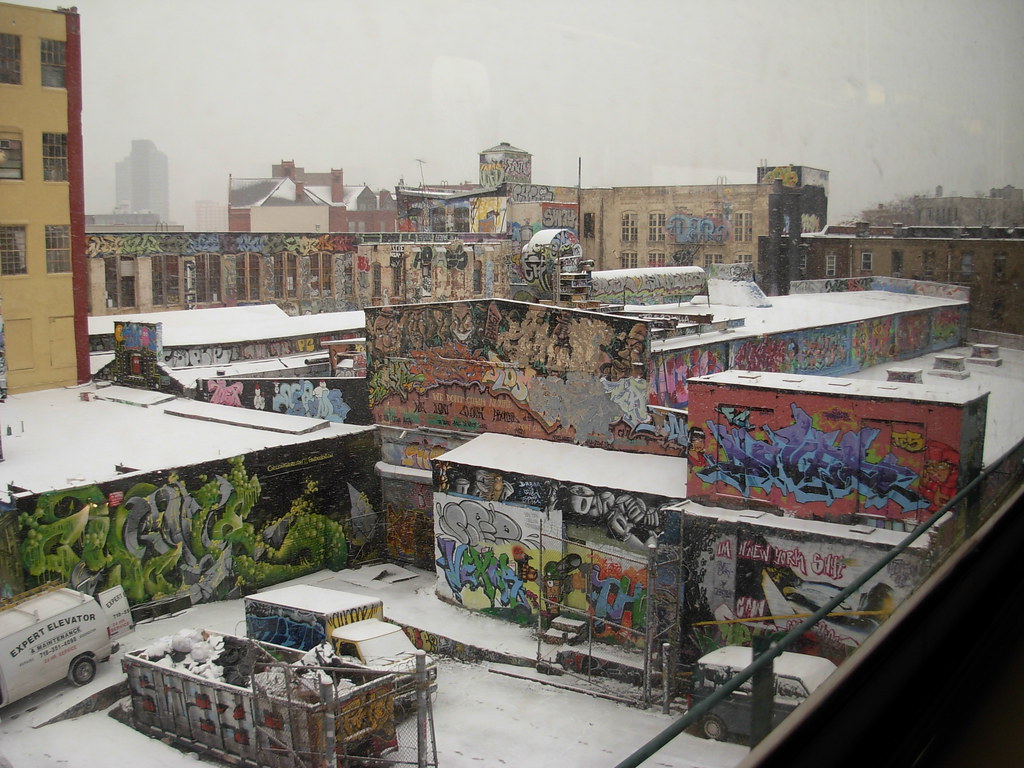
This isn’t the only way graffiti hurts cities’ economy. Cities find themselves budgeting extra money strictly for graffiti cover ups. “In 2006, Chicago budgeted $6.5 million while Omaha, Nebraska spends about $100,000 annually, according to graffitihurts.org.” This money could be budgeted towards more dire situations like housing the homeless. This form of vandalism is not only an eyesore to the community but it is also an inconvenience to private property owners who need to cover it up frequently. If an artist is serious about their work they could put it on a canvas rather than somewhere that it will be covered in no time.
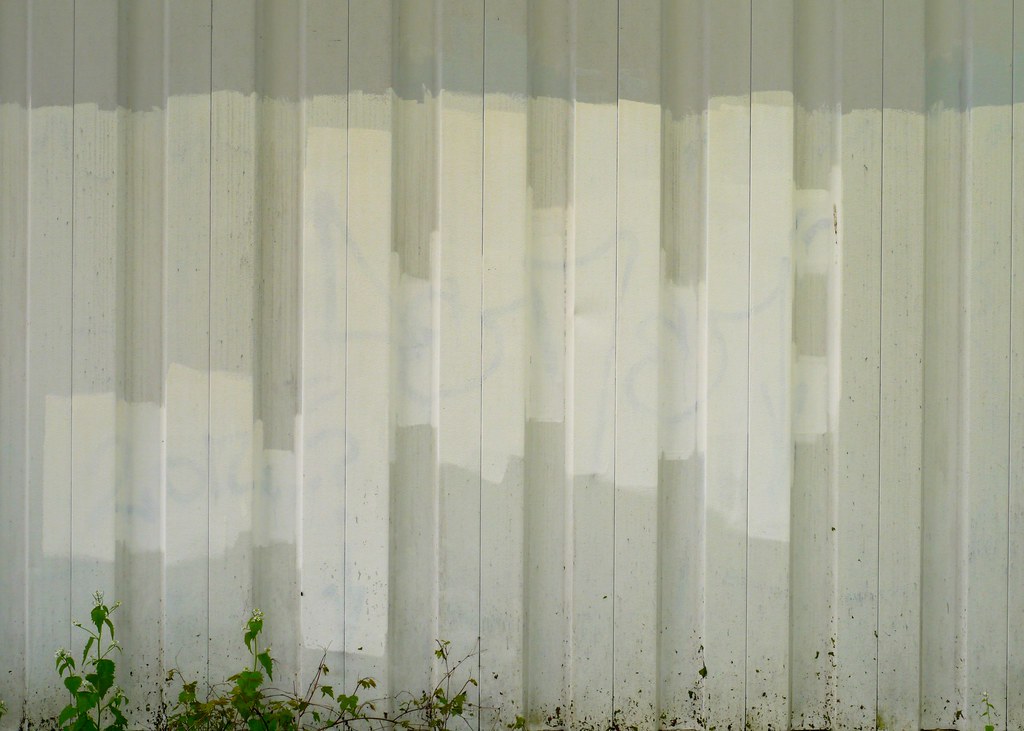
The artists that use graffiti as an actual art form and not just vandalism or tagging could display their work in a more productive way. They could be paid by property owners or put it in an art gallery. “Recognition by the art world and inclusion in galleries and auctions is one way that graffiti art is legitimized as “real” art.”. Serious artists should put their work in places that it will be appreciated, not where it will b e considered an eyesore to non-artists in a public scene.
At the end of the day spray painting on private or public property without permission is vandalism no matter the intentions. It is an issue that needs to be solved for the well being of our society and economy. There are ways to express art that do not jeopardize the success of small businesses or the growth of a society.
“Graffiti” by NguyenDai is licensed under CC BY-NC-SA 2.0
“Attempted Graffiti Cover-Up” by KimManleyOrt is licensed under CC BY-ND 2.0
“Graffiti in Queens, New York City” by pchurch92 is licensed under CC BY 2.0

